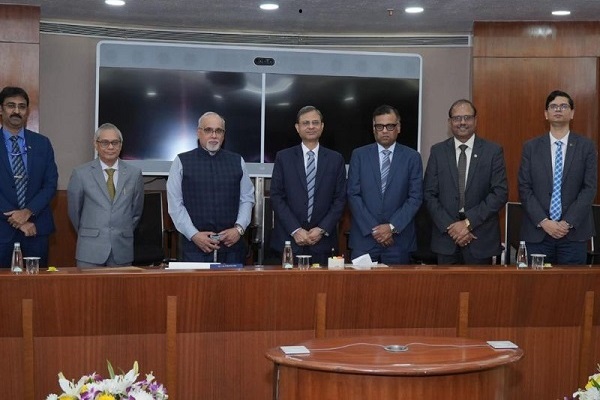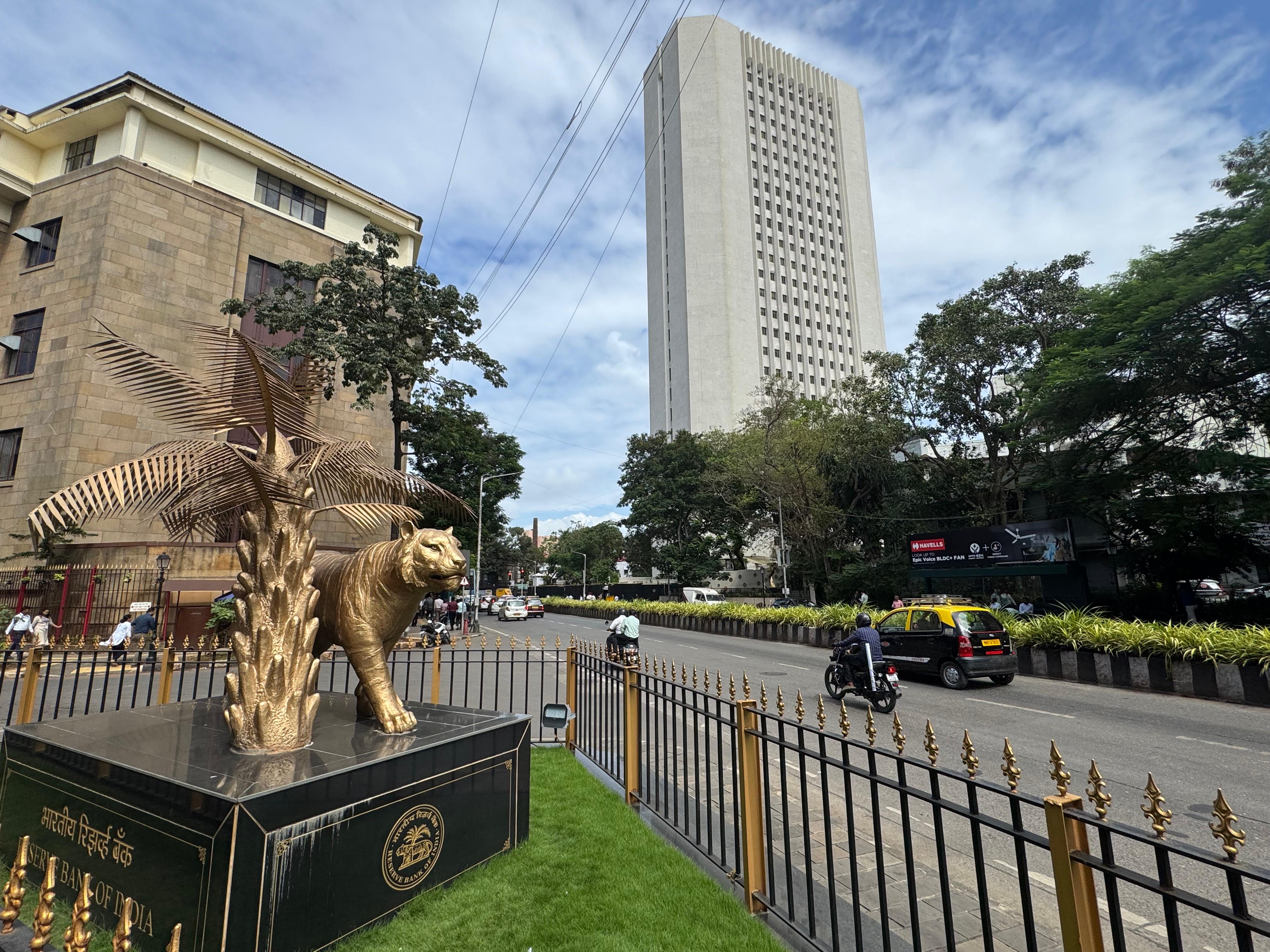.png)

By BasisPoint Insight
April 23, 2025 at 1:14 PM IST
The Reserve Bank of India’s April 8 decision to cut the policy rate by 25 basis points, shift to an accommodative stance, and ease liquidity conditions was expected. What was not known—until now—was the rationale behind these moves. The minutes of the Monetary Policy Committee meeting show that while inflation has stabilised, the central concern was a deteriorating growth outlook.
Governor Sanjay Malhotra noted that while rural and urban consumption trends remain stable, the combination of a 20-basis point downward revision in growth and exposure to external trade shocks warrants a pre-emptive policy response. The policy actions, he said, were taken to “nurture domestic demand impulses” and address the downside risks to growth.
Transmission Trigger
Rajiv Ranjan’s intervention went beyond macro commentary. His statement directly linked the stance change to the goal of improving rate transmission. He argued that an accommodative stance reduces ambiguity about the policy direction and thus strengthens the transmission mechanism.
“In this context, a change in stance to accommodative helps provide a clear signal for future rate action,” he wrote. This clarity, he added, is necessary to address “frictions between markets and central banks” and to improve coordination across market segments. The move, in his view, would “facilitate monetary transmission” by aligning expectations more effectively.
Ranjan argued for greater weight to growth, noting that India’s inherent strength lies in its high growth potential, while the inflation outlook remains benign with a reasonable degree of certainty. The RBI, he noted, had already begun infusing liquidity in recent weeks. The stance change would enhance the effectiveness of this infusion by guiding banks’ and borrowers’ expectations.
His summary was pointed: monetary easing, combined with clear communication and liquidity operations, is necessary to prevent growth conditions from deteriorating further. “Never let a crisis go to waste,” he said—not as rhetoric, but as a prompt to adjust macro policy to shifting global constraints.
Stance Dilemma
Bhattacharya’s note highlights the institutional tension. He voted for the cut, but not without qualification. His discomfort lay not with the act of easing, but with the signal embedded in the stance shift. A neutral stance, he said, offers flexibility. Shifting to accommodative could, in his view, be misread as a commitment to a sustained rate-cut cycle.
His vote came after clarification that the new stance does not pre-commit to further easing. Instead, it rules out hikes under current conditions. He accepted that logic but flagged the risks of reducing policy optionality in a volatile environment.
Bhattacharya did not question the need for a rate cut. He noted that inflation remains moderate, commodity prices have softened, and household inflation expectations are anchored. But he stressed that economic forecasts are increasingly unreliable due to the volatility in global trade. “Forecasts at this point are only indicative,” he wrote.
In the end, he described the policy choices as adequate, not enthusiastic. The stance change, he conceded, was acceptable—if understood narrowly as a means of anchoring expectations, not as a commitment to an easing trajectory.
Coordinated Push
Other members, including Ram Singh and Nagesh Kumar, aligned with the general direction. Singh focused on the need for synchronisation between the new stance and RBI’s liquidity framework. He underscored that policy easing without transmission support would be ineffective.
Kumar suggested the RBI could have acted more decisively, proposing a one-off 50 basis point cut rather than gradualism. He viewed the inflation backdrop as sufficiently benign to allow for more aggressive action.
Rajeshwar Rao and Malhotra viewed the external risks—particularly trade disruption and weak global growth—as sufficient to merit easing while acknowledging that domestic fundamentals remained relatively stable. Their comments suggest a calibration of risk management more than a structural shift in the framework.
The minutes clarify that while inflation remains within target, the MPC’s priority has shifted. The committee is responding not to current distress but to emerging risks that, left unaddressed, could impair growth recovery. The stance change is not symbolic. It aims to sharpen transmission, guide expectations, and ensure liquidity flows through to credit and investment.
The minutes also expose the internal dilemmas: Bhattacharya’s caution, Ranjan’s urgency, Singh’s operational concerns. They reflect a committee navigating high uncertainty with limited tools—and deploying them with varying degrees of conviction.




